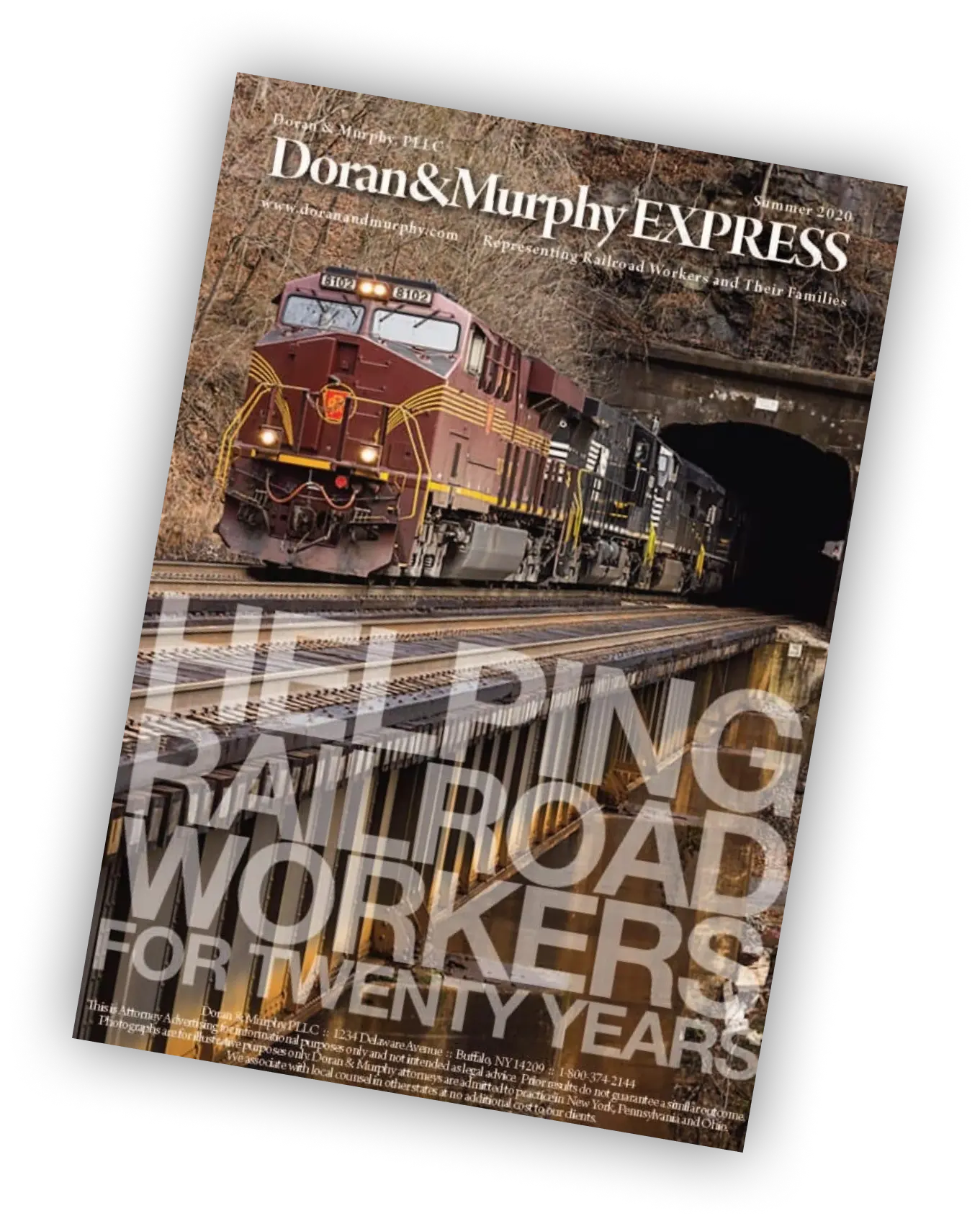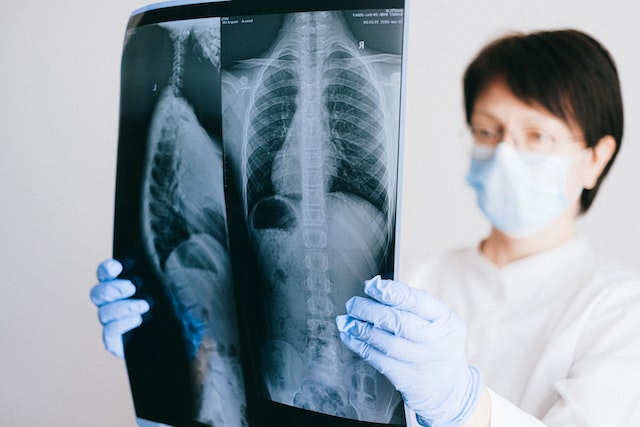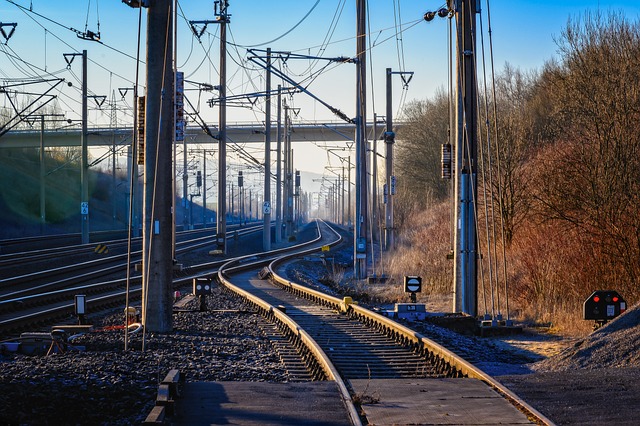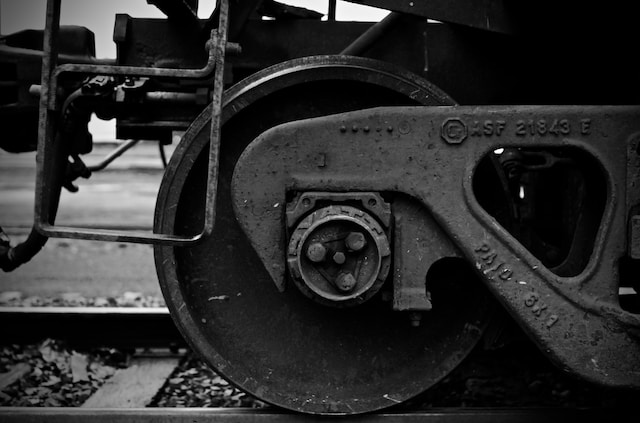
The Safety Appliance Act (SAA) is a federal law that requires railroads to provide rail cars with “efficient hand brakes.” Unlike the Federal Employers Liability Act (FELA) which requires an injured railroad worker to prove that the railroad was negligent in order to make a successful claim, the SAA is an “absolute liability” law. In the landmark case of Myers vs. Reading Railroad, the Supreme Court of the United States has addressed the importance of this difference between these two laws:
“Here it is not necessary to find negligence. A railroad subject to the Safety Appliance Acts may be found liable if the jury reasonably can infer from the evidence merely that the hand brake which caused the injuries was on a car which the railroad was then using on its line, in interstate commerce, and that the brake was not an ‘efficient’ hand brake. Furthermore, there are two recognized methods of showing the inefficiency of hand brake equipment. Evidence may be adduced to establish some particular defect, or the same inefficiency may be established by showing a failure to function, when operated with due care, in the normal, natural, and usual manner.”
What this means is that an injured railroad worker is eligible for compensation from the railroad even if the railroad did not do anything wrong. The only thing that must be shown to make a recovery against the railroad is that the SAA was violated – by a handbrake that was either defective or a handbrake that did not function like it was supposed to when operated by the worker in the normal way. The latter way is significant because, often, post-accident inspections of hand brakes are performed by railroad management and no defects are found. Under the SAA, the worker can still be entitled to compensation even without any defect in the hand brake.
Many railroad workers have sustained serious injuries as a result of hand brakes, including to the shoulder, hand, arm, back and/or neck. These injuries can lead to surgery, significant lost wages, medical expenses and serious pain and suffering. The good news for rail workers is the railroad is responsible to pay money for each of these items of damage. An experienced SAA and FELA lawyer can go over the damages recoverable under these laws.
In conclusion, the SAA helps keep railroad workers safe from hand brakes that do not work properly. If you are a railroad worker who has been injured by a railroad handbrake, call us today.





